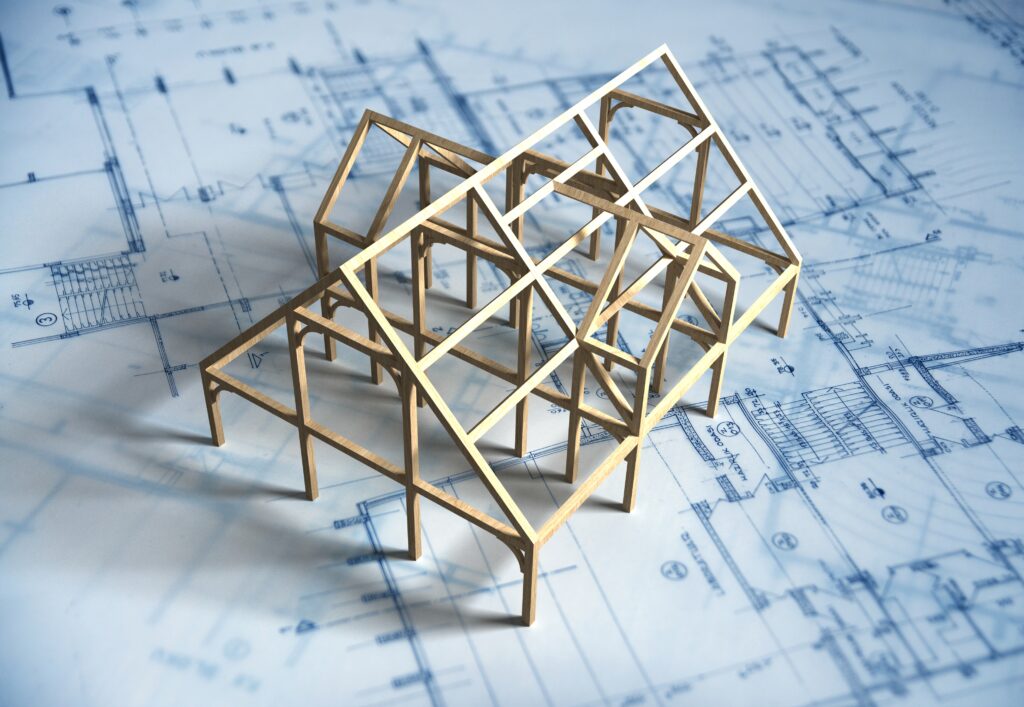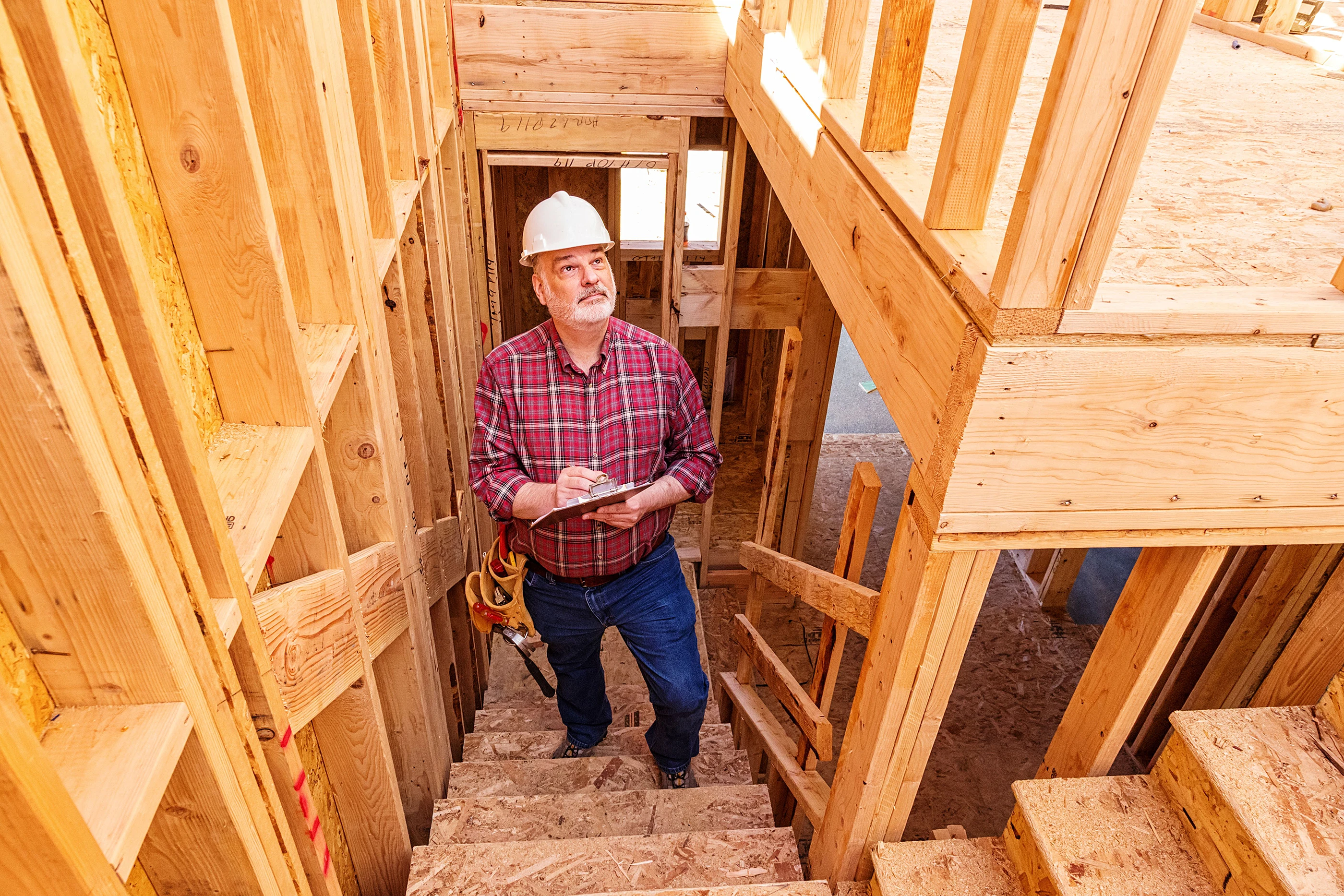Owner-Builder Construction Loans
An owner-builder construction loan is a short-term loan in which the borrower takes on the role of the home builder. After construction is completed, the construction loan is replaced with a mortgage for long-term financing. The construction loan is usually repaid within a year.

Step 1: Construction Plans and Loan
Ready to get started?
Building a new home to your exact specifications is one of the most rewarding projects you could undertake. Together, we can discover the path to homeownership that best fits your needs.
Before your construction loan is considered, you must provide comprehensive plans to your construction loan officer. These plans should provide a clear picture of your vision, detailing every aspect of your construction project, from the foundation to the finishing touches.
See documentation requirements and other considerations below.
Step 2: Mortgage
Complete a home loan application
Your construction loan officer will advise you when it’s time to explore mortgage options tailored to your specific needs. Once you apply for a mortgage, you will be assigned a dedicated mortgage loan originator who will provide your 90% pre-qualification letter, keep you informed about your mortgage status, and assist you through the final steps required to close on your mortgage after the construction is complete.
Maintain your credit eligibility
During the construction period, it’s important to maintain a favorable debt-to-income ratio and ensure you keep First National apprised of any changes to your financial status during the construction period. Any significant changes could result in disqualification for a mortgage or may cause an increase in the cost of the mortgage or interest rate. Once you’ve prequalified for a mortgage and secured your construction loan, it’s time to build!


Step 3: Construction
Build your dream home
You can officially begin construction of your new home after your construction loan is established.
Throughout the construction phase, your dedicated construction loan officer and their team will be there for you. They will conduct monthly inspections of the construction site and provide valuable guidance, such as facilitating direct payments to subcontractors or suppliers.
How to obtain your funds
The construction loan is disbursed at different stages of the project or upon reaching a certain percentage of completion. Each payment will be proportionate to the work done and the materials used, providing a transparent and clear basis for releasing funds.
Finishing touches
Final inspection: After construction is complete, a final appraisal will be ordered to recertify the value of your new home and ensure that the improvements are made according to the plans and specifications with skilled execution.1
Notice of completion: You must file a notice of completion document, which establishes a 15-day lien period. During this time, unpaid contractors and laborers can file lien claims. After the lien period has expired, your mortgage can close which will pay off your construction loan.
Congratulations! Enjoy your new dream home!
The documentation you’ll need
Required documentation to start your construction loan:
- Blueprints/plans
- Builder’s resume
- Consumer loan application
- Construction cost breakdown
- Construction schedule
- Copy of building permit (if applicable)
- Description of materials or builder’s spec sheet
- Financial statement
- Plot plan/survey
- Supplier/subcontractor list
- Water/sewage design (if applicable)
- 90% pre-qualification letter 2
Secure Your Construction Loan
Financial commitment: After receiving all necessary documentation, your construction loan officer will order an as-proposed appraisal from a bank-approved appraiser.1 This appraisal will determine whether the value of your new home meets or exceeds the cost of its construction. Once this is completed, you will be required to provide your down payment (less the deposit already paid to your builder) and closing costs. You must demonstrate your financial stability and commitment by providing a minimum of 25% of the total cost of construction in cash or land equity. The construction loan must also include a 10% contingency for cost overruns.3
Other Considerations
Energy Efficiency Requirements
All homes must meet the Alaska Housing Finance Corporation (AHFC) New Construction Building and Energy Efficiency Requirements. Learn more here.
Wells and Septic Systems
State or municipal health department approval and soil and percolation tests are required for private wells and septic systems.
Proof of Insurance
All new construction must have hazard insurance with a builder’s risk policy, including flood coverage if applicable.
Contact Us
Connect with our construction loan experts to discuss how we can help build your dream home.
Disclosures
- Appraisal fees are collected from the borrower and must be paid upfront.
- See Mortgage (Step 2)
- Credit limit and some restrictions apply.
Note: The bank will examine all applications thoroughly and weigh their merits in accordance with our lending policies and all federal, state and local laws.